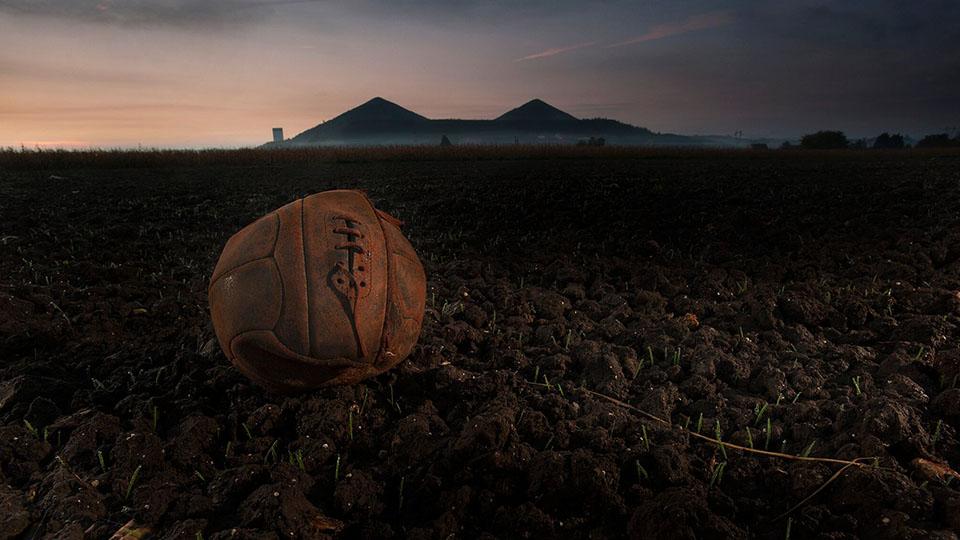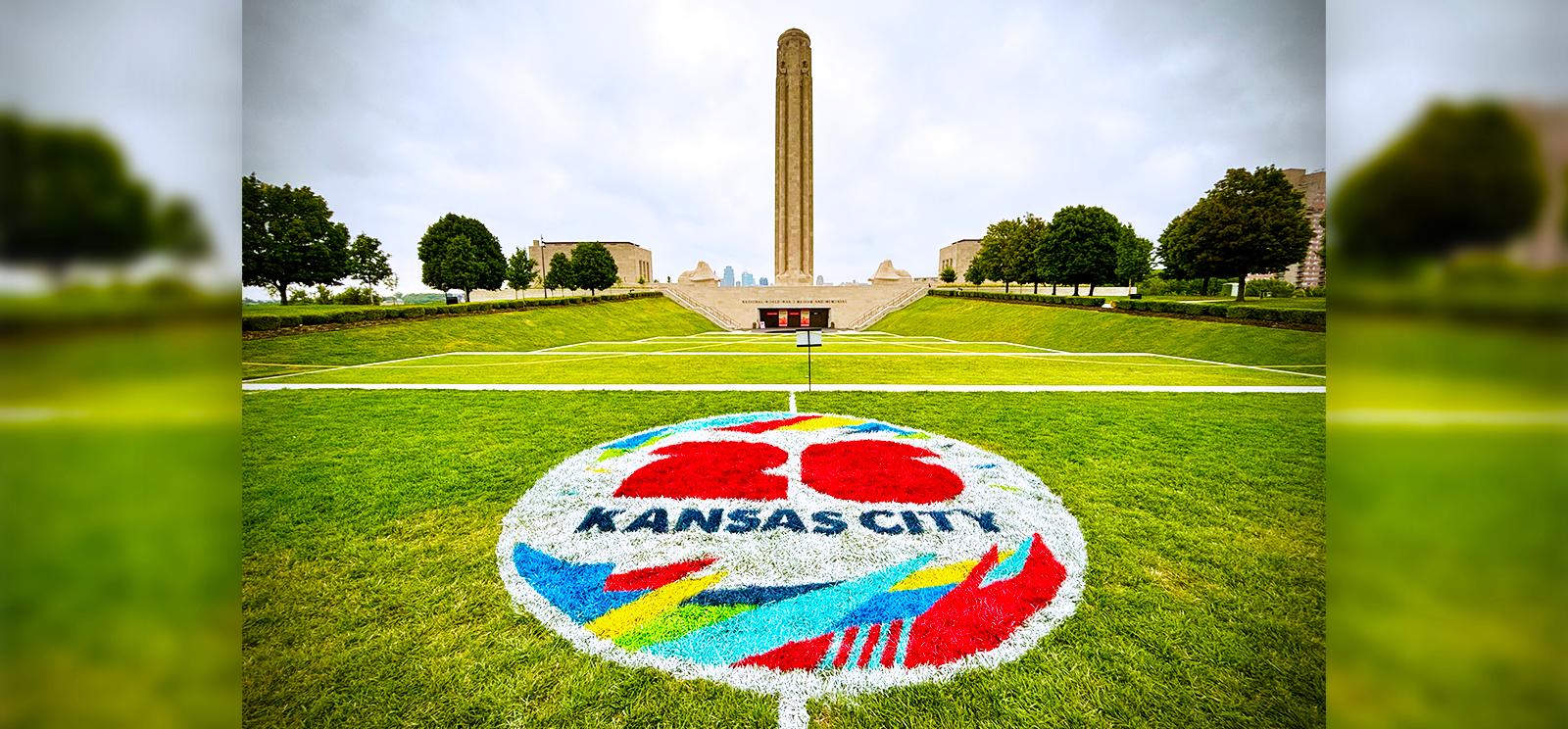Mayor Quinton Lucas and KC2026 announced today that the National WWI Museum and Memorial will be the host site of Kansas City FIFA Fan Fest for the 2026 World Cup.
Situated in the heart of downtown Kansas City, Missouri, the Soccer Capital of America, the Museum and Memorial has been the site of celebrations past and present, including four Kansas City Chiefs Superbowl rallies, the 2015 Royals World Series Victory Parade and co-host of the 2023 NFL Draft. It is well served by multiple transportation corridors such as the KC Streetcar, bus, nearby Union Station, bike transit and several major highways.
“We are proud to serve as an international gathering place where fans, families and friends can come together in peace and celebration,” said Dr. Matthew Naylor, President and CEO.
The Museum and Memorial is also celebrating its 100-year anniversary in 2026.
FIFA Fan Festival will be a free, family-friendly event open during the 2026 World Cup tournament in June and July 2026. More details about Kansas City’s FIFA Fan Fest will be available at kansascityfwc26.com.
What is the connection between World War I and International Soccer?
Sports played an important role in preparing U.S. soldiers for combat in World War I. Competitive team sports were used in training camps to get soldiers physically fit and ready for the rigors of life on the battlefield, as well as a leisure-time activity.
The football (soccer ball) holds a special place in WWI history.
WWI saw social shifts that removed gender barriers that prevented women’s participation in sports like soccer. As more men went off to war, British women answered the call for a shifting workforce, pouring into factories and shipyards by the thousands and often enduring difficult working conditions.
Despite the long hours and exhaustion, some women formed soccer teams for recreational and relaxation purposes. Many soccer teams comprised women who worked in munitions factories, which earned them the nickname “munitionettes.” Crowds of ten thousand witnessed one such team – the Blyth Spartans – become the most successful soccer team in the region when they won The Munitionettes Cup in May 1918.

Over on the front lines, brothers on the pitch became brothers-in-arms. Swept up in the adventurous fervor promised by the war, many British regiments formed from hometown sports leagues. The Battle of Loos was the largest British attack of 1915, during which the 1st Battalion of the London Irish Rifles (a volunteer rifle regiment of the British Army) distinguished themselves.
While storming across No Man’s Land to capture the enemy trenches, Sgt. Frank Edwards – the captain of the Rifles’ football team – kicked a football along in front of the troops. This football was recently on view at the Museum and Memorial.

Another soccer episode from the Great War is the legendary story of the Christmas Truce. Over Christmas 1914, eyewitnesses testified to a brief ceasefire along portions of the Western Front where enemy combatants emerged from the trenches to share drinks, cigarettes and friendly games of football.
A Reminder of Peace
As President Calvin Coolidge stated on Nov. 11, 1926, during his Liberty Memorial Dedication Speech:
“[The Liberty Memorial] has not been raised to commemorate war and victory, but rather the results of war and victory which are embodied in peace and liberty.”
Indeed, despite deep differences in politics, language and culture, the beautiful game has long held a unifying power throughout history and into the future.
